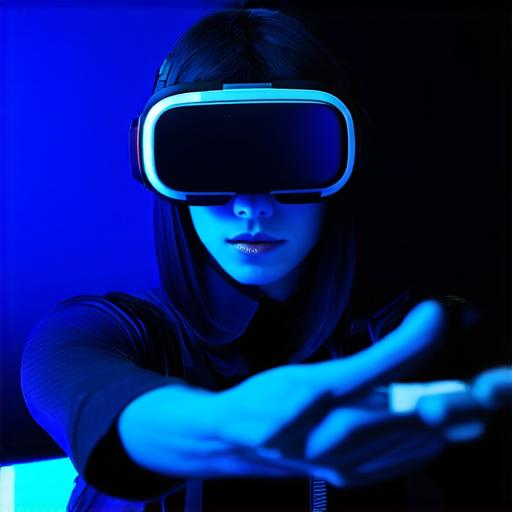
What does the “pass-through” feature do in a virtual reality headset?
If you’re a virtual reality developer, you know that creating immersive experiences is key to capturing your audience’s attention. However, one feature that often goes overlooked is pass-through. In this article, we will explore what pass-through does in virtual reality and how it can enhance your VR applications.
Pass-through is a feature in some virtual reality headsets that allows real-world content to be viewed through the headset. This means that instead of being fully immersed in a virtual world, users can see their surroundings while still experiencing the VR environment. Pass-through can be useful in a number of scenarios, such as training simulations, education, and gaming.
One of the main advantages of pass-through is that it allows developers to create experiences that are both engaging and practical. For example, in a surgical training simulation, surgeons could wear the VR headset and see their hands and tools in real-time while performing the surgery. This would allow them to practice their skills in a safe environment without putting patients at risk.
Pass-through can also be used in education to enhance the learning experience. For example, students could use a virtual reality headset with pass-through to explore historical events or scientific concepts in a more immersive way. This would allow them to better understand the material and retain it for longer periods of time.
In gaming, pass-through can be used to create experiences that are both fun and practical. For example, pilots could wear the VR headset and see their real-world surroundings while flying in a virtual world. This would allow them to practice their skills in a realistic environment without putting themselves or others at risk.
While pass-through has many potential benefits, there are also some challenges to consider. One of the main challenges is that pass-through can be distracting for users. If they are too focused on their real-world surroundings, they may not fully immerse themselves in the VR environment. To mitigate this, developers should ensure that their pass-through experiences are well designed and engaging.

Another challenge is that pass-through can be resource intensive. This means that it may require powerful hardware to run smoothly. Developers should be mindful of this when creating pass-through experiences and test them on a range of devices to ensure compatibility.
In conclusion, pass-through is an important feature in virtual reality that has the potential to enhance immersive experiences. By understanding how pass-through works and how it can be used in different scenarios, developers can create more engaging and practical VR applications. While there are challenges to consider, with careful planning and design, pass-through can be a powerful tool for creating memorable and effective virtual reality experiences.


